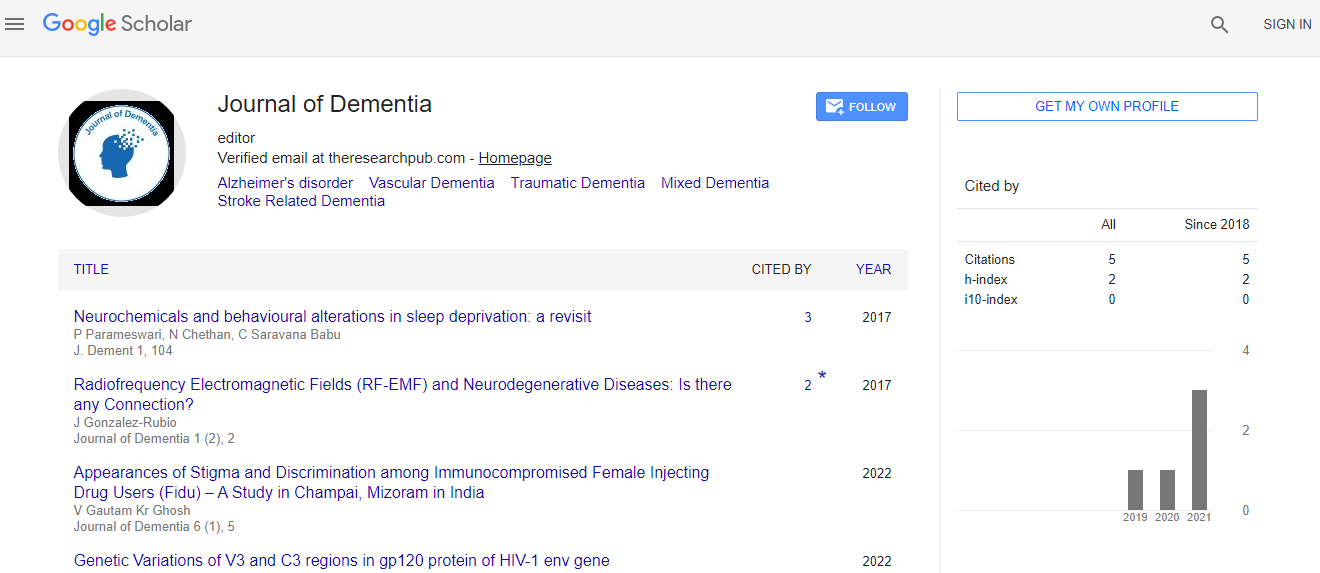Our Group organises 3000+ Global Conferenceseries Events every year across USA, Europe & Asia with support from 1000 more scientific Societies and Publishes 700+ Open Access Journals which contains over 50000 eminent personalities, reputed scientists as editorial board members.
Open Access Journals gaining more Readers and Citations
700 Journals and 15,000,000 Readers Each Journal is getting 25,000+ Readers
Recommended Conferences
42nd Global Conference on Nursing Care & Patient Safety
Toronto, CanadaGoogle Scholar citation report
Citations : 5
Journal of Dementia received 5 citations as per Google Scholar report
Indexed In
- Google Scholar
- ICMJE
Useful Links
Recommended Journals
Related Subjects
Share This Page
Alpha-synuclein
Alpha-synuclein (also α-synuclein) is a protein whose function in the healthy brain is currently unknown. It is of great interest to Parkinson's researchers because it is a major constituent of Lewy bodies, protein clumps that are the pathological hallmark of Parkinson's disease.
Alpha-Synuclein is a protein that plays a crucial role in the brain and is closely linked to neurodegenerative diseases, particularly Parkinson's disease and Lewy body dementia. Under normal conditions, alpha-synuclein is found primarily at the tips of nerve cells (neurons) in the brain, where it helps regulate neurotransmitter release, which is essential for communication between neurons.
Role in Neurodegenerative Diseases
In neurodegenerative conditions, alpha-synuclein proteins can misfold and aggregate, forming clumps known as Lewy bodies. These aggregates disrupt normal cellular function, leading to neuron damage and death. The accumulation of alpha-synuclein is a hallmark of several disorders collectively referred to as synucleinopathies, which include Parkinson's disease, Lewy body dementia, and multiple system atrophy (MSA).
Research and Therapeutic Approaches
Research into alpha-synuclein is ongoing, with scientists investigating ways to prevent its aggregation or promote its clearance from the brain. Potential therapeutic approaches include drugs that target the protein directly, as well as strategies to boost the brain's natural mechanisms for dealing with misfolded proteins. Understanding the role of alpha-synuclein in neurodegenerative diseases could lead to new treatments and potentially slow or halt the progression of these conditions.

